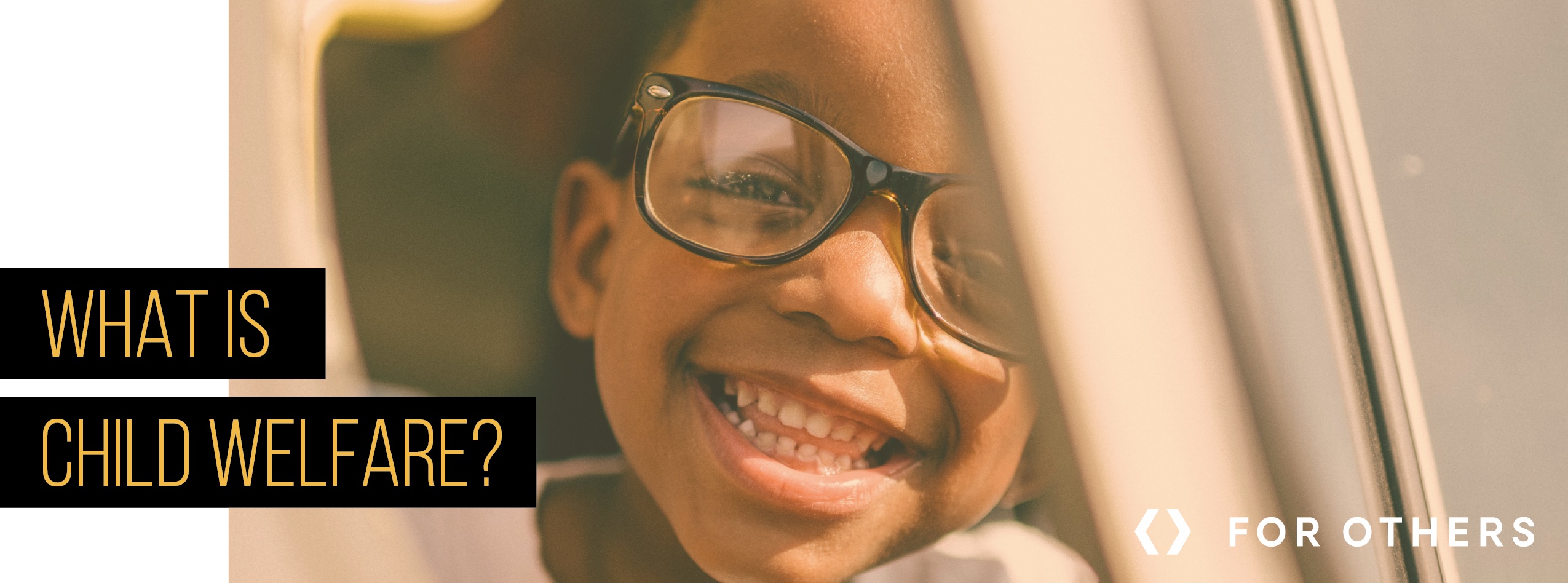What Is Child Welfare?
“The best way to make children good,” wrote Oscar Wilde, “is to make them happy.” But what can we do when children face home environments that are not only unhappy but dangerous? In unsafe situations, child welfare steps in with the goal of promoting safety and security for children across the nation. Sometimes the system works—and sometimes it doesn’t.
What Is Child Welfare?
The Children’s Bureau provides this definition: “Child welfare is a continuum of services designed to ensure that children are safe and that families have the necessary support to care for their children successfully.” Agencies within the child welfare system work to support children and families, protect children from abuse and neglect, and arrange for safe and secure living situations for children whose homes are unsafe.
The system’s three primary goals consist of safety, permanency, and well-being. It strives to achieve these goals through the implementation of services on federal, state, and local levels. The primary responsibility falls to the states, but the federal government supports them through program funding and legislative initiatives. Responsibility can also be taken on at the county level within states, creating further complexity and variability within the system.
Child Welfare Services
Child welfare involves many agencies, organizations, and individuals working together. These entities coordinate to provide crucial child welfare services including child protection and out-of-home placement.
The child welfare system provides child protection services (CPS) as a response to child maltreatment. Such agencies may operate at state or county levels and are “designated to receive reports, conduct investigations and assessments, and provide treatment and intervention services to children and families in which child maltreatment has occurred.”
Another large part of the child welfare system is out-of-home placement, commonly known as foster care. Placement occurs when homes become unsafe, and the resident children are removed with the end goal of finding secure, stable, and permanent homes. Where possible, reunification with biological parents is the ultimate goal. Foster care exists as a temporary service until permanent placement is found.
Unfortunately, permanent placement is not always the end result. Around 23,000 young adults “age out” of the foster care system each year upon turning 18. These youths can face dire circumstances as they struggle through adulthood on their own. Even children who are in foster care on a temporary basis also battle trauma and hardship.
Foster care faces a crisis, but we’re here to help. For Others comprises a collective of change-makers working together to address the crisis plaguing our nation’s most vulnerable. Join us in the fight to solve the foster care crisis, and donate today to help restore lives!
